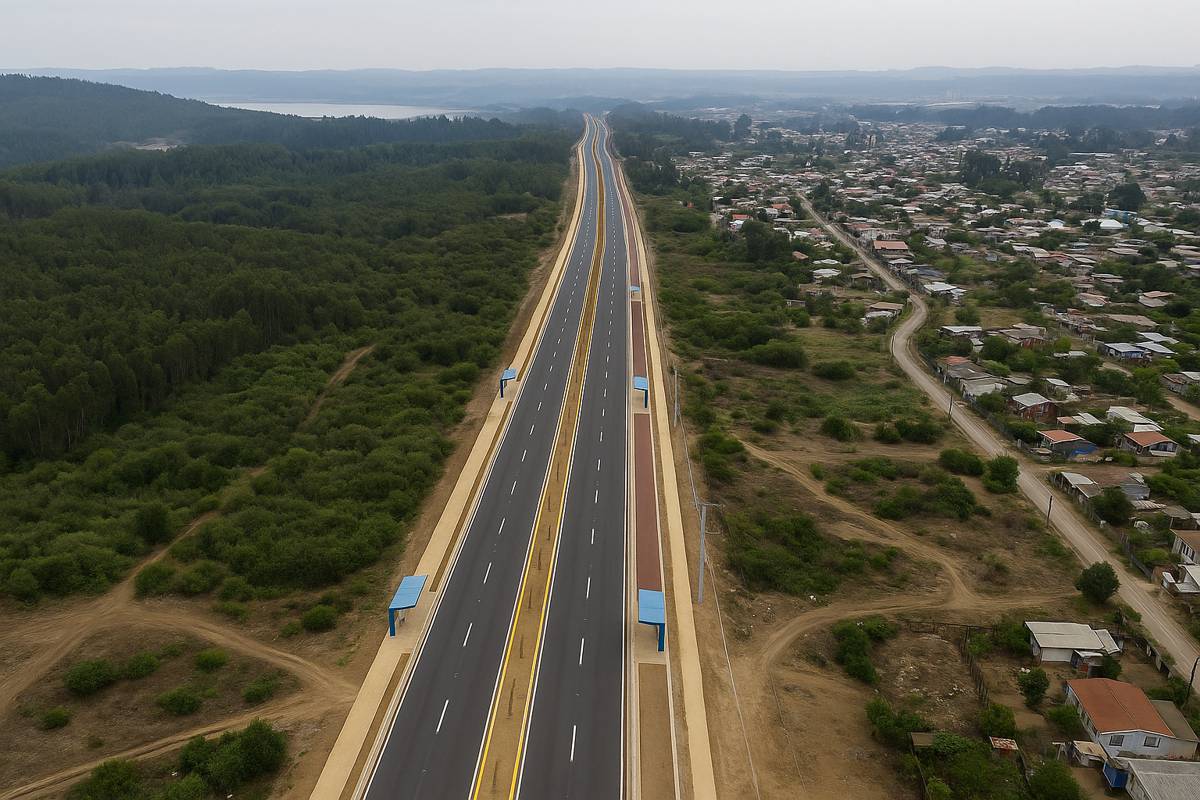Asia faces challenges attracting infrastructure investment and public–private partnerships
Viet Nam is one of several countries in developing Asia making strides on public–private partnerships (PPP).
Asia just doesn’t seem to have enough money to pay its infrastructure bills. And as demand for infrastructure development soars, governments are looking to the private sector for funding, but are having a tough time finding takers.
Infrastructure investment in Asia from 2016 through 2030 is estimated to be about $26 trillion, with the private sector expected to foot a large part of the bill. In just 24 counties and regions through 2020 alone, this sector will be asked to invest $250 billion per year. However, there are obvious problems, as private investment in infrastructure development is currently hovering at around $63 billion per year.
In order to attract the private sector, schemes known as public-private partnership—particularly concession schemes—are being used to lure companies not only to invest money, but also to transfer technology and operational know-how in infrastructure development in the hope of earning a worthwhile return.
But to find willing investors, countries must have a framework in place that ensures transparency, fairness and predictability, such as reliable policy and regulation as well as specialized PPP branches of government that investors can trust.
India and the Philippines lead much of Asia in this area while the People’s Republic of China (PRC), Indonesia, Thailand, Viet Nam and Bangladesh have recently been making strides. However, nations such as Myanmar have done little, widening the “PPP divide” among Asian countries.
Governments need to enhance the capabilities of their PPP-related ministries, because even if such a framework exists, it is meaningless unless properly understood and implemented. The ability to coordinate PPP operations and deals between relevant ministries is important. In the PRC, India, the Philippines, Indonesia, Viet Nam and Myanmar, local governments often direct PPP projects, but not many are capable of proper execution. Therefore, close coordination with the central government is crucial.
Proactive government
In Asia, more than 60% of PPP projects are thought to be proposed by the private sector, indicating governments’ limited capacity to propose such projects. This situation should be reversed, with governments taking the lead in delivering projects suitable for PPPs, then letting companies bid on them.
India is an example of having the government lead, with 90% of PPPs being proposed by the government, after which it holds competitive biddings. This is possible because India has the best PPP framework and implementation capacity among emerging countries in Asia.
Governments should take lead on PPPs from private sector
Some countries might still rely on the private sector to propose PPP projects, in which case it is imperative to guard against corruption by clarifying standards and procedures for selecting project proposals.
To build quality infrastructure through competitive bidding, it is also crucial that governments use evaluation criteria that includes such factors as life cycle cost, safety, resilience and environmental friendliness.
In the PRC, Indonesia and Viet Nam, state-owned companies sometimes tender bids alongside private companies. These are selected only on condition that the state companies have financial capacity, technology and operational know-how comparable to those of the private companies they are bidding against. Should a state company win a bid with public expenditures without private capitals, this approach deviates from the concept of a PPP.
When a government commits to a PPP, it must be in it for the duration. In the Philippines, a recently proposed PPP deal was abruptly changed to an official development assistance (ODA) project, with a cancellation of its concession bidding. Though some projects are not commercially viable and are better financed through ODA, governments should evaluate projects before proposing a PPP. If a government suddenly backs out of a PPP midway through the project structuring, it may discourage companies from bidding on future PPPs.
PPP is not a panacea for solving the current infrastructure shortage. Some projects won’t be profitable for companies and are best left to governments. Also, there are many things required of governments in PPPs. They must ensure a stable political environment and assist or compensate in matters that are out of the control of companies, such as changes to required official permits, contract breaches by governments, natural disasters and land acquisition.
Conducive environment
Governments must establish or enhance the proper financial markets and governmental financial institutions to accommodate long-term financing to private-sector parties in PPPs.
Given that PPP projects usually run 20 years or longer, sufficient funding for their duration is desired. In some countries, such as Thailand and the Philippines, projects can obtain 15-year and longer loans from local banks. But banks in many other countries offer only short- to medium-term loans, posing the risk of having to refinance in the middle of a project, which may negatively affect project viability.
Projects may be funded through foreign currency-denominated borrowing from foreign financial institutions. Since project cash-flows are typically generated in the local currency, foreign currency-denominated funding bears potential foreign exchange risk. In many countries, available measures to hedge this risk, such as derivatives, are limited.
To increase long-term funding, project bonds should be used. But this requires governments to develop or foster institutional investors and credit-rating agencies while also ensuring sound corporate governance, information disclosure and regulations, such as laws protecting investors.
PPPs not a panacea to fill infrastructure investment gap
Most Asian PPP projects are financed through bank loans and few can issue project bonds. Malaysia is an exception, where funds can be raised through sukuk, or Islamic bonds.
To meet the demand for infrastructure development, India and the Philippines ease single-borrower lending limits whenever needed. But this approach is not desirable as regards financial supervision. Meanwhile, global banks are becoming increasingly wary about financing PPP projects, which are relatively risky, under tightening regulations for capital adequacy ratio by the Bank for International Settlements.
Crucial cooperation
Countries that create environments conducive to successful PPPs will be first in line when it comes to attracting private investment, making PPPs a competition between countries as well as companies.
Multilateral development banks provide loans, equities, debt guarantees and technical assistances to support governments facing challenges. ADB is expanding loans for the private sector while enhancing transaction advisory services to public or private parties involved in PPPs.
Cooperation among multilateral development banks is crucial. Specifically, cooperation between existing financial institutions—such as ADB and the World Bank—and newly established banks including the Asian Infrastructure Investment Bank is extremely important.
ADB and the AIIB have already co-financed the public sector in Pakistan, Bangladesh and Georgia. Recently, the AIIB has also started extending loans to the private sector, such as to an independent power producer project in Myanmar. ADB is ready to share its expertise for project due diligence, security package structuring and risk management, which are all required for private sector financing, with the AIIB through co-financing.
The demand for infrastructure development in Asia is robust, but there are not many PPP projects that are viable and bankable. Like ADB, the AIIB is expected to improve this situation by proactively developing and structuring projects that create profitable business opportunities for private sector companies and financial institutions.
Furthermore, ADB has been ensuring that funds collected from various investors flow into developing countries by issuing its bonds in developed countries, denominated in international currencies with a triple A credit rating maintained over the long term. Expectations are high for the AIIB to act as a go-between like ADB as soon as possible.
Article by Ryuichi Kaga, Head, Office of Public-Private Partnership, Asian Development Bank.
First Published by ADB Wednesday, 21 June 2017 as an op-ed by the Nikkei Asian Review.




















